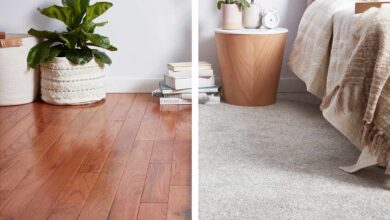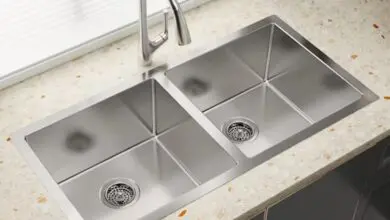DIY Home Security: Is Self-Installation Really Worth It in 2024?
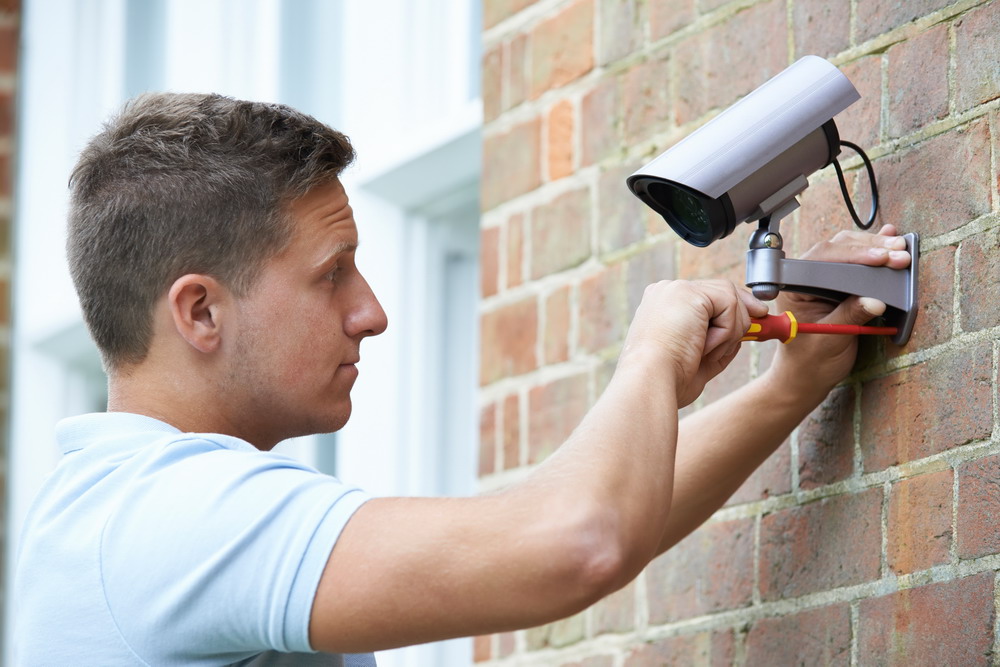
You have seen the TV commercials depicting homes being protected by wireless security systems. Some of those commercials have convinced you that DIY security is the right way to go. With a self-installation kit and a few hours of your time, you can have your house protected against burglars and other ne’er-do-wells looking to take advantage of you. But is DIY home security really worth it?
Vivint Smart Home is a nationwide company that specializes in wireless security and home automation. They offer a wide variety of DIY products along with additional services, like 24-hour remote monitoring. Customers can choose from a variety of prepackaged options or build a custom solution from the ground up.
The people behind Vivint say that DIY home security has its pros and cons. To illustrate, let us talk about a fictional home in Las Vegas, owned by a customer we will call Bob. Bob is currently investigating DIY options from a number of well-known companies.
Save a Bundle
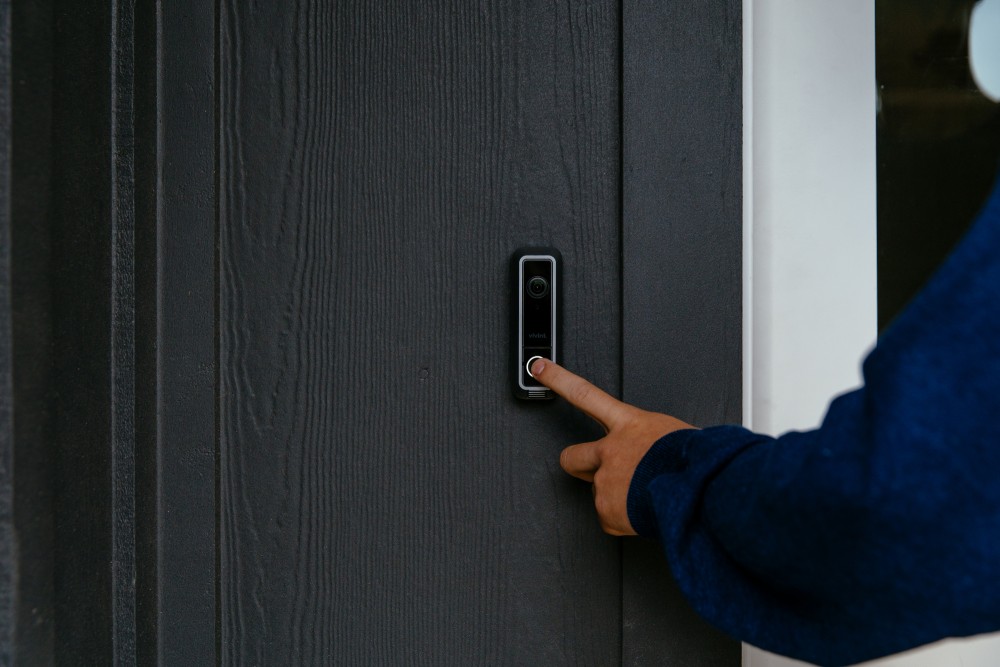
The first thing Bob notices as he comparison shops is that DIY home security costs less. In fact, take professional installation out of the equation and Bob can save a hundred dollars or more and still make his Las Vegas home more secure.
Bob appreciates the fact that he can buy a DIY system and install it himself. The money he saves could be put toward another motion sensor or a video camera. Or perhaps a video doorbell would be better. At any rate, Bob has choices to make and more money to spend.
On the other hand, remote monitoring doesn’t cost any less with a DIY system. So now Bob has to decide whether to pay for remote monitoring or just monitor the system himself. He likes self-monitoring, but he knows he will never be able to fully relax and let somebody else keep an eye his house.
Easy Installation
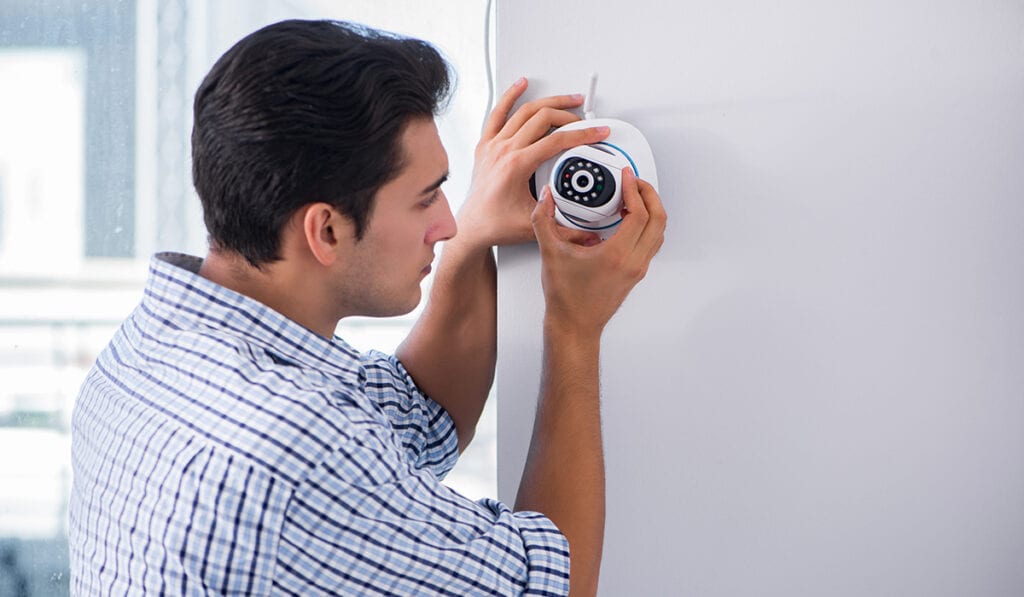
DIY home security gives Bob the opportunity to install his own system in a matter of hours. At least that is what he is led to believe in all the consumer reviews he reads. But is it really that simple? Bob had trouble setting up the last wireless router he purchased because he did not know the difference between the dual bands.
He is glad that going wireless means he does not have to cut into walls. But he also knows that he is going to be worrying about batteries for the rest of his life. Not only will he have to buy batteries, but he will also have to remember to check the devices on a regular basis.
Voice Integration
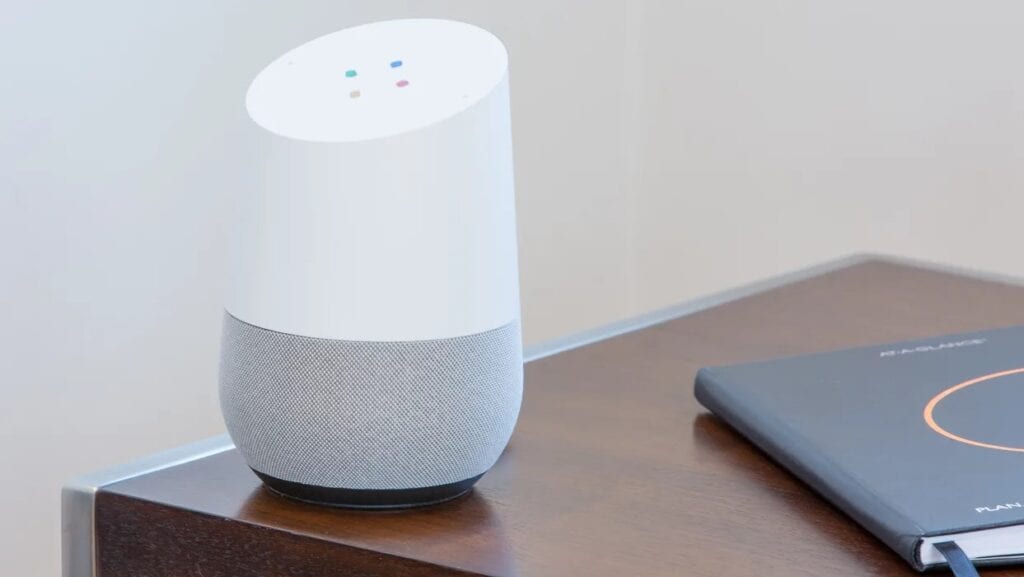
Not all of the companies Bob is checking out offer voice integration, but some do. Bob is excited to learn that he can connect his home security system to his smart speaker, thereby making it possible to arm and disarm the system with a voice command. That leads him to believe he can also tie smart home features into the system. Now he is thinking about a smart thermostat, smart lighting, and more.
Without even thinking about it, Bob is potentially running up the bill. It is nice that he can afford a basic DIY home security system with an extra camera purchased with the money he doesn’t spend on installation. But adding smart home features will only add to the total cost.
System Design
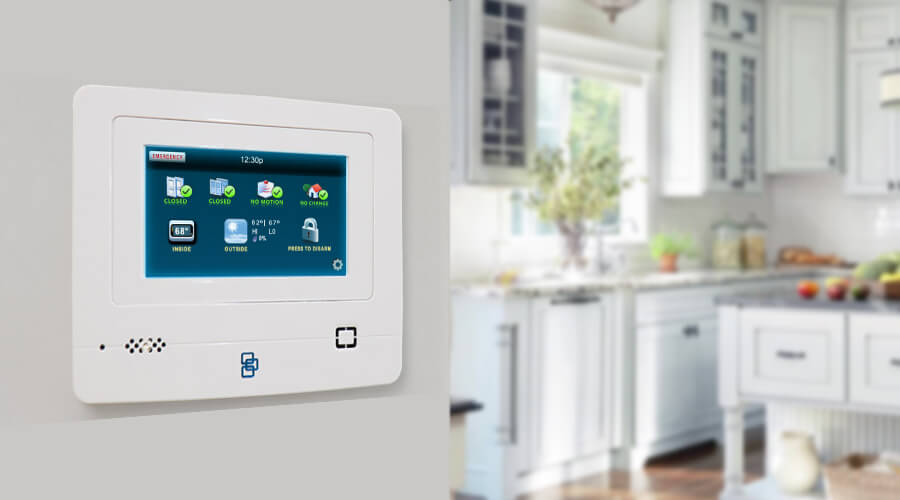
Designing a system is the one part that gives Bob pause. He sees a couple of entry-level systems that come with one entry sensor, one motion sensor, a control center, and a single video camera. But is that enough? He doesn’t honestly know. Quite frankly, Bob doesn’t know much about crime in Las Vegas. He doesn’t know if there is a high propensity for burglary in his neighborhood. He doesn’t know if he needs to worry about home invasion or someone breaking into his car.
He could invest in the top-of-the-line solution that offers three extra entry sensors, an extra motion sensor, and two video cameras. But does he need all of that? Again, he doesn’t know. But then again, that is the way DIY works. The word ‘yourself’ is in the acronym for a reason.
Bob decides his best course of action is to do more research. He starts looking up Las Vegas crime stats. He pays attention to the news. He really makes an effort to understand his needs. He finished off his research by talking with neighbors who already have security systems installed.
System Scalability
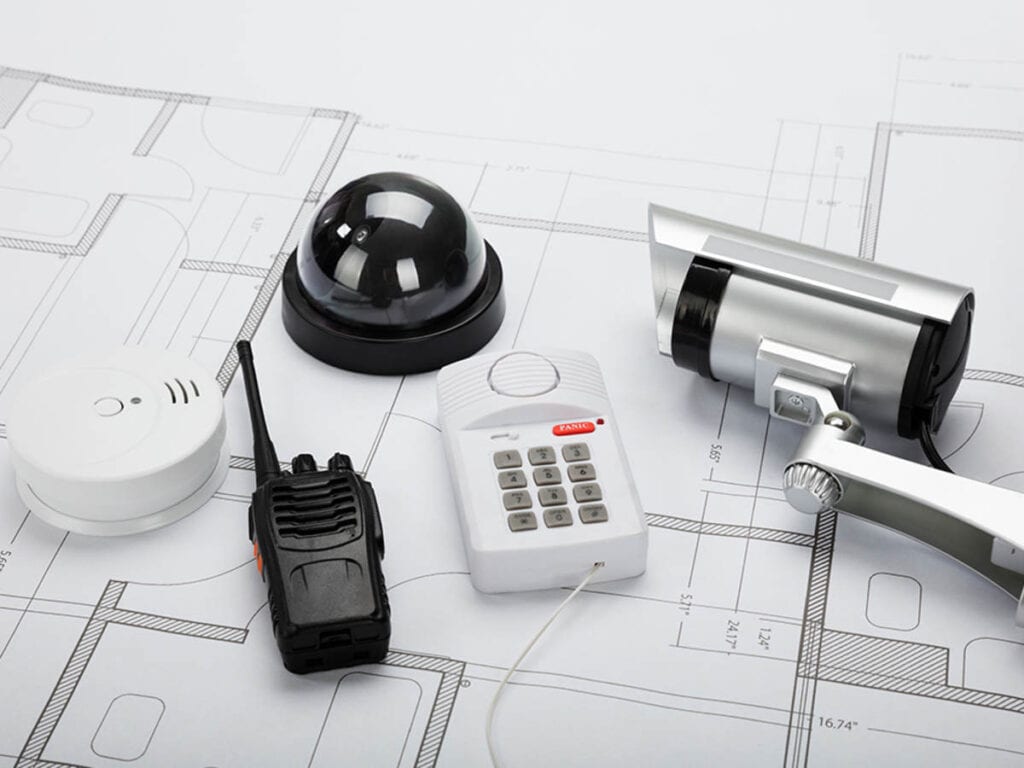
Once Bob figures out what he needs to get started, he narrows down his research to those DIY systems that offer scalability. Why? Because he knows he might want to add to the system later. He is looking at an entry-level system with a few extra features added. But he knows he will add fire and flood protection at some point down the road.
Bob is also pleased to realize that he can take his wireless system anywhere. If he ever sells his home and purchases a new one, it goes with them. And that is not true only if he stays in Las Vegas. Bob can take his wireless security system even if he moves out of state.
Scalability has almost pushed him over the edge. Bob has heard too many stories of a professionally installed system that didn’t scale well. When needs changed, some of his friends were forced to buy entirely new systems because their old hardware wasn’t up to speed. Bob realizes he might run into the same problem with a DIY system, but he figures staying with the same company will minimize his risks.
Worth It to Him
In the end, Bob determines that DIY home security is worth it to him. His circumstances are such that he would rather save the money and self-install than go with the professionally installed system. But he also knows that some of his friends have different opinions. It is all good as long as he and his friends get the protection they want.

